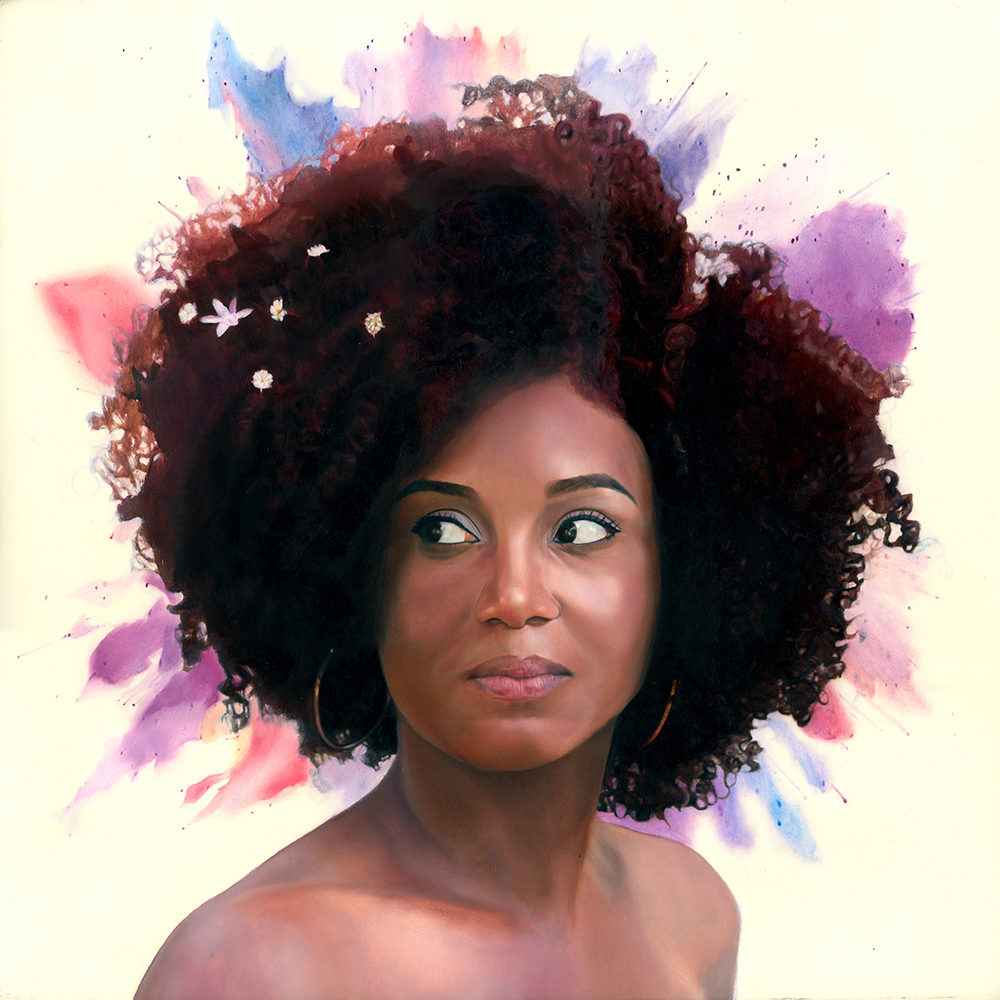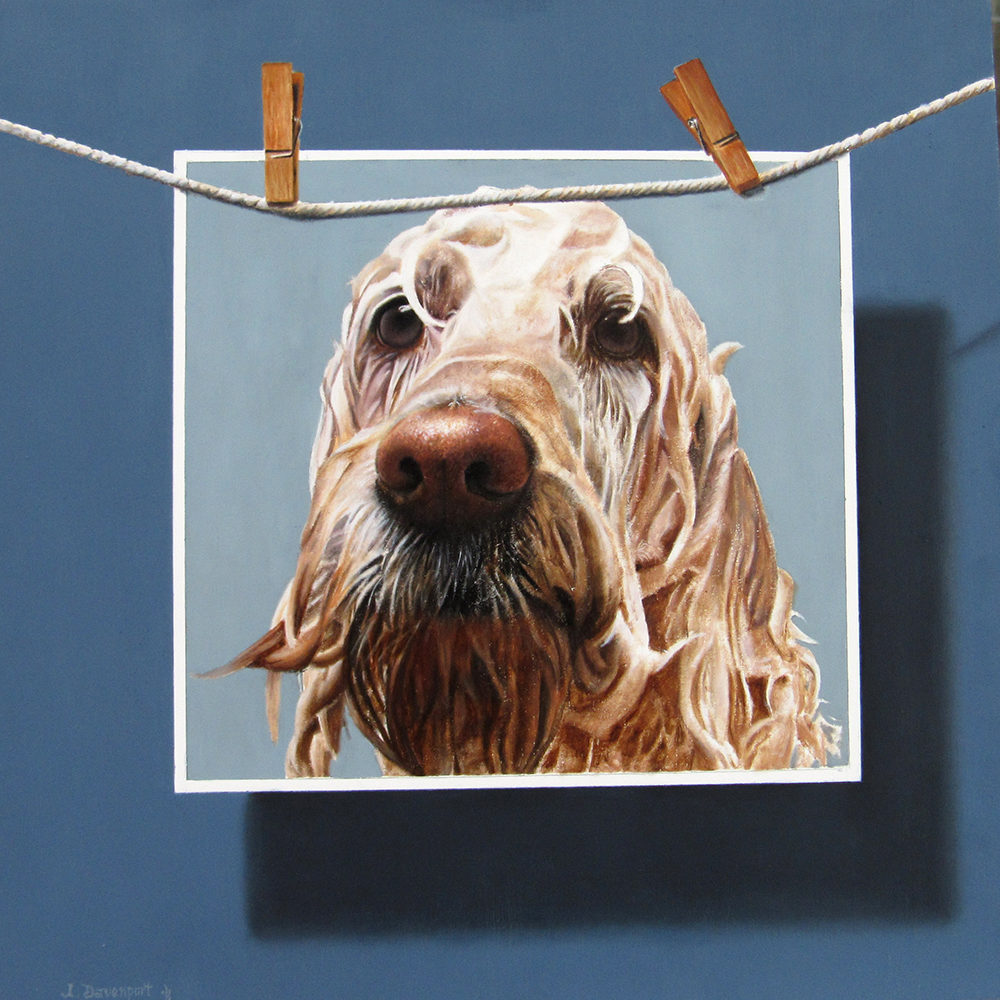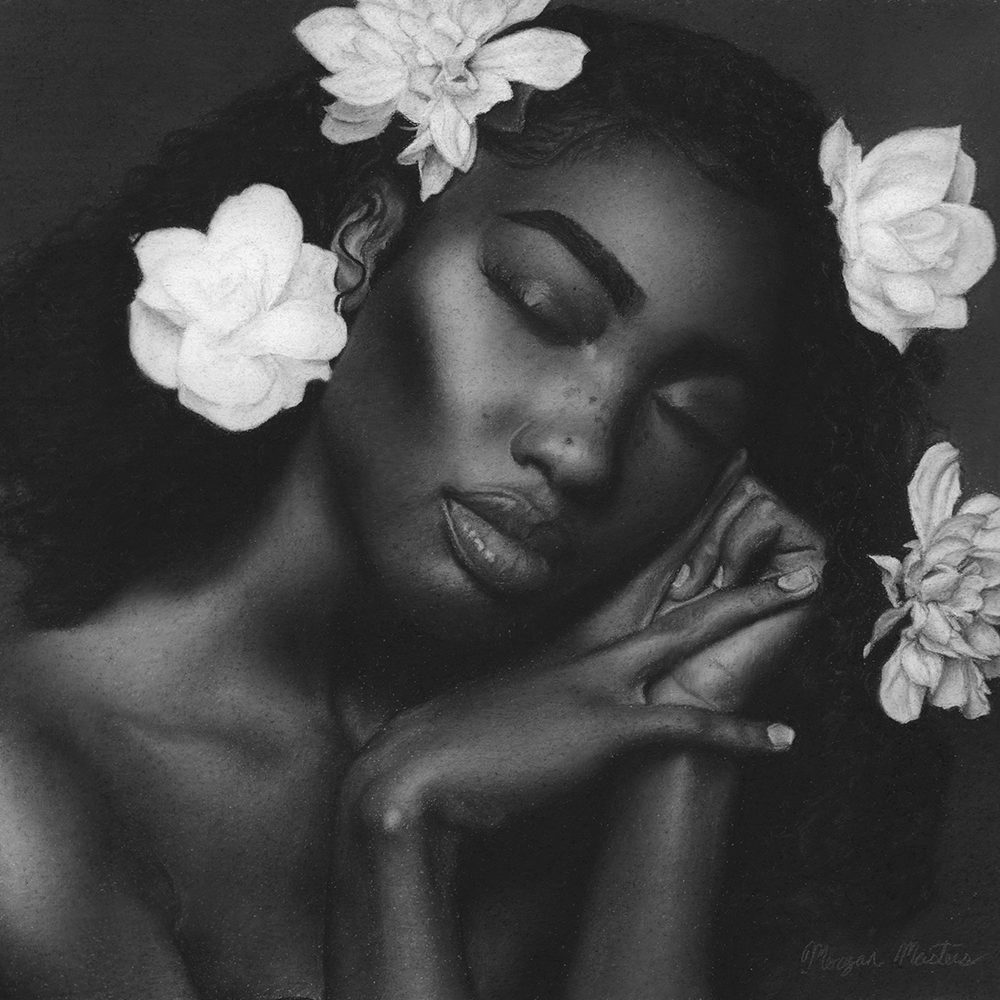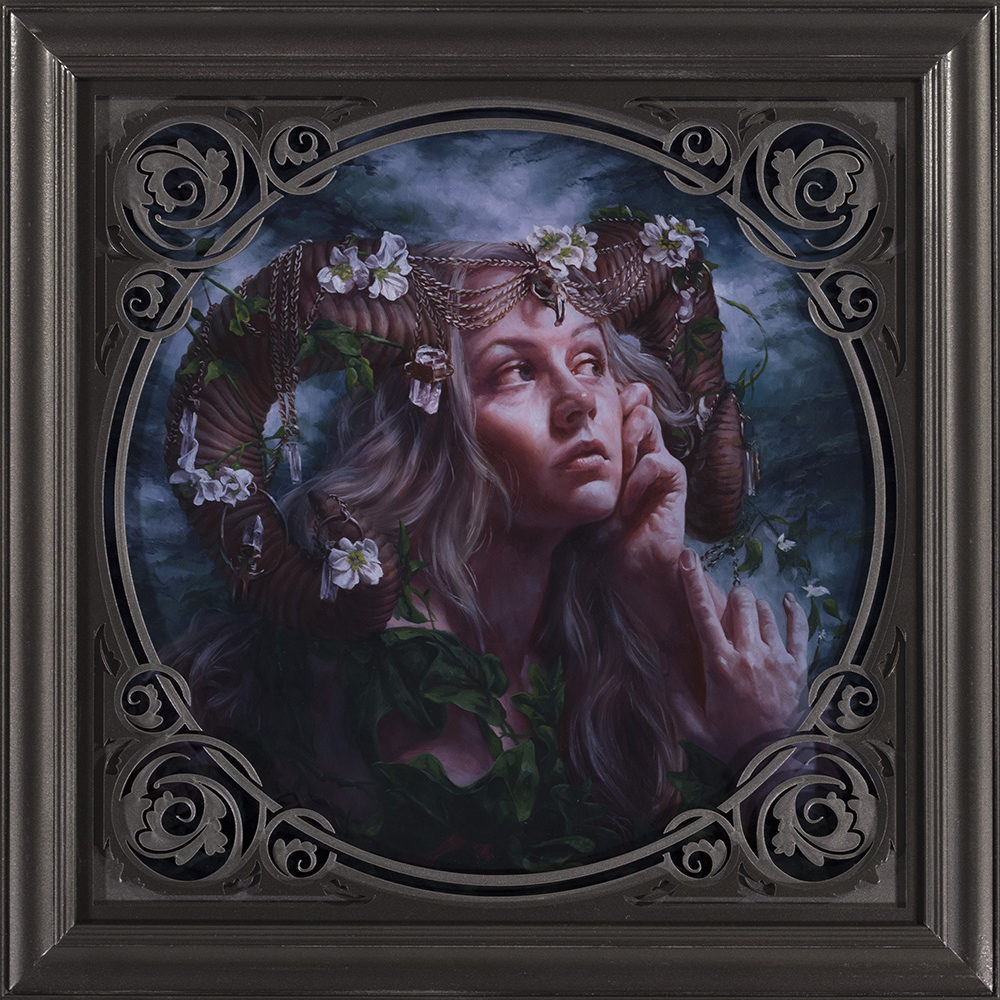IMAGINE Opening April 28th
Opening Reception: April 28, 2018 1PM - 6PM
Monday - Friday: April 30 - May 18th 10AM - 5:30PM
All other times by appointment
Imaginative realism, put simply, is the art of the unseen. Not “unseen by the artist,” as in long-ago historical events, but “unseen by anyone” – things that have never existed or might exist in a faraway future. It’s the rendering of imagination, rather than rendering from imagination. The beauty of imaginative realism, as a genre, is that it allows artists to both revisit classic tropes and invent entirely new ones, all within the framework of highly skilled,technically advanced realism.
This presents realist painters and sculptors with a chance to move beyond theconstraints of “traditional” realist subjects and into a world of their own creation, where their classical technique can illuminate new and different narratives or put a contemporary spin on a classical theme while still finding an appreciative audience for their work.
What we think of as modern imaginative realism has its roots at the end of the 18th century – Henry Fuseli’s 1781 painting The Nightmare may be seen as the first fully modern example of the genre. Throughout the 19th century, practitioners of a wide range of artistic movements – Romantics, Pre-Raphaelites, Symbolists, and many of the Victorian and Edwardian artists – contributed to the school, providing many of its bestknown artists, such as John Martin, Gustave Dore, John William Waterhouse, Herbert Draper and others.
From roughly the turn of the century through the end of World War I, the rise in popularity of illustrated books produced a brilliant run of imaginative work from illustrators like Arthur Rackham, Edmund Dulac, N.C. Wyeth, Maxfield Parrish, and a host of other Golden Age luminaries. With the end of the Golden Age of illustration and the relegation of imaginative literature to the pulps, combined with the rise of Modernism in the larger art community, imaginative realism (and, in fact, realism in general) labored in relative obscurity for many decades. The genre’s rebirth began in the late 1960s, as the combination of wider taste for the imaginative and the ascent of one of the field’s greatest artists, Frank Frazetta, coincided to inspire a new generation of artists who would carry and expand the field through the end of the 20th century and into the new millennium.
Although the 20th century roots of imaginative realism lie in illustration, both its 19th century history as well as its burgeoning present lie more in producing for gallery and museum walls than publication.
Although the 20th century roots of imaginative realism lie in illustration, both its 19th century history as well as its burgeoning present lie more in producing for gallery and museum walls than publication.
This shift matches a wider shift in our culture. We live in a society where we are regularly inundated with fantastic imagery in our movies, television shows, video games, and literature, and our daily news feeds read more like science fiction every day as our technological and scientific horizons expand at warp speed. This morphing of the fantastic from the niche to the foundational permits imaginative artists to speak to human “experience” in a way that is more contemporary and fresh than is sometimes possible in more classically mainstream genres.
This fresh insight is nowhere more prevalent than in the younger generation of artists. Raised with this foundation of the fantastic, it is a natural, obvious progression for young artists to want to share their own “visions of never,” utilizing their highly proficient, skills-based training to illuminate their deepest inner visions. Top-flight ateliers not only give these students the tools necessary to contribute to the genre, but also encourage their students to give the fullest possible expression to their inner narratives. The list of well-known ateliers that have taken part in IX, the world’s largest annual showcase of Imaginative Realism, reads like a who’s who of contemporary art instruction, but the Ani Art Academies have always been at the very forefront of that process, actively working with their students to foster confidence in the application of creative license well beyond what some may see as the constraints of traditional observational representationalism. The presence of recent Ani graduates in the juried portion of the exceptionally competitive IX show is a testament to this unique focus.
The selection of imaginative works by Ani Art Academies students that comprises the bulk of the IMAGINE show demonstrates the powerful results, bringing the next generation of imaginative realists to the walls of Rehs Contemporary alongside established masters of the genre - the artists who are responsible for growing the genre from its late 20th century status as a byproduct of the publishing industry to a vital artistic movement that sits at the vanguard of contemporary realism.
Given imaginative realism’s focus on the not-yetto-be, it is fitting that IMAGINE presents both the present and the future of the field in a single, magical exhibition.
Patrick and Jeannie Wilshire
Co-founder of IX Arts

Deborah Lloyd
Just Imagine
Oil on panel
11 x 11 inches
$1,200.00

Jay Davenport
Air Dry
Oil on panel
12 x 12 inches
$4,000.00

Morgan Masters
Allure
Charcoal and pastel on paper
8 x 8 inches
$1,000.00

Michael C. Hayes
Faun
Oil on panel
16 x 16 inches
$2,200.00
ICONS OF IMAGINATIVE REALISM
Boris Vallejo
David Palumbo
Donato Giancola
Eric Velhagen
Julie Bell
Michael Hayes
Tenaya Sims
